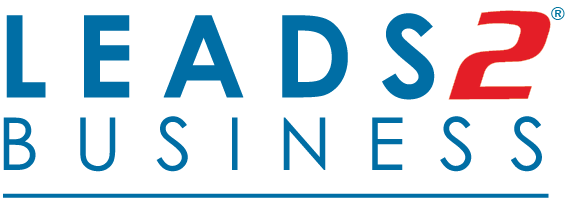
Celebrating 25 Years of Leads 2 Business: A Journey of Success
Leads 2 Business, a pioneering force in the construction industry, marks a significant milestone this June – 25 years of excellence in service and innovation. As we reflect on our journey, we are thrilled to share some remarkable statistics that underscore our impact and growth over the last quarter-century.
Projects Published: 31,513
Since our inception, Leads 2 Business has been committed to connecting subscribers with valuable construction projects across various sectors. With a repository of over 31,000 projects published, we have facilitated countless opportunities for collaboration and growth.
Tenders Published: 1,020,940
Tenders serve as the lifeblood of the construction industry, driving competition and fostering development. Over the last 25 years, Leads 2 Business has played a pivotal role in disseminating over 1 million tenders, empowering businesses to participate in diverse projects and ventures.
Requests for Quotes Sent: 21,794,240
Efficiency and responsiveness are paramount in the construction ecosystem and Leads 2 Business has been at the forefront of facilitating seamless communication between buyers and suppliers. With over 21 million requests for quotes sent, we have facilitated countless transactions and partnerships, driving growth and success.
Bill of Quantities Uploaded: 26,742
Precision and clarity are essential in construction projects, and the Bill of Quantities serves as a cornerstone in this regard. Leads 2 Business has facilitated the dissemination of over 26,000 Bills of Quantities, enabling Contractors to streamline their procurement processes and ensure project success.
Directory: 384,843
Navigating the construction industry requires access to reliable information and resources. Our comprehensive directory, comprising over 380,000 entries, serves as a valuable source of contacts and companies, empowering subscribers to forge meaningful connections and collaborations.
Users: 3,944
At the heart of Leads 2 Business is our vibrant community of users, comprising industry professionals, contractors, sub-contractors and suppliers. With nearly 4,000 active users, our platform continues to serve as a trusted hub for networking, knowledge-sharing, and growth.
As we celebrate 25 years of Leads 2 Business, we extend our heartfelt gratitude to our subscribers, and team members who have been instrumental in our journey. Looking ahead, we remain steadfast in our commitment to innovation, excellence, and service, as we continue to empower the construction industry and drive collective progress. Here’s to the next 25 years of success and impact!
To view more Articles, please visit our Leads 2 Business Blog.
If you are interested in becoming one of our subscribers, please visit Leads 2 Business.
To view notes with screenshots on how to use our website, please visit Leads 2 Business Wiki.
About Brandon Le Roux
I joined Leads 2 Business in February 2005 as an Account Executive. I was promoted to Sales Manager in February 2007, and to Sales Director in November 2012. I manage the Sales, Telesales & Retention teams nationwide. I’m passionate about our company & staff, as well as the great opportunities we bring to our subscribers.










